Amazing attractions you could once visit, but can't anymore
Destinations lost
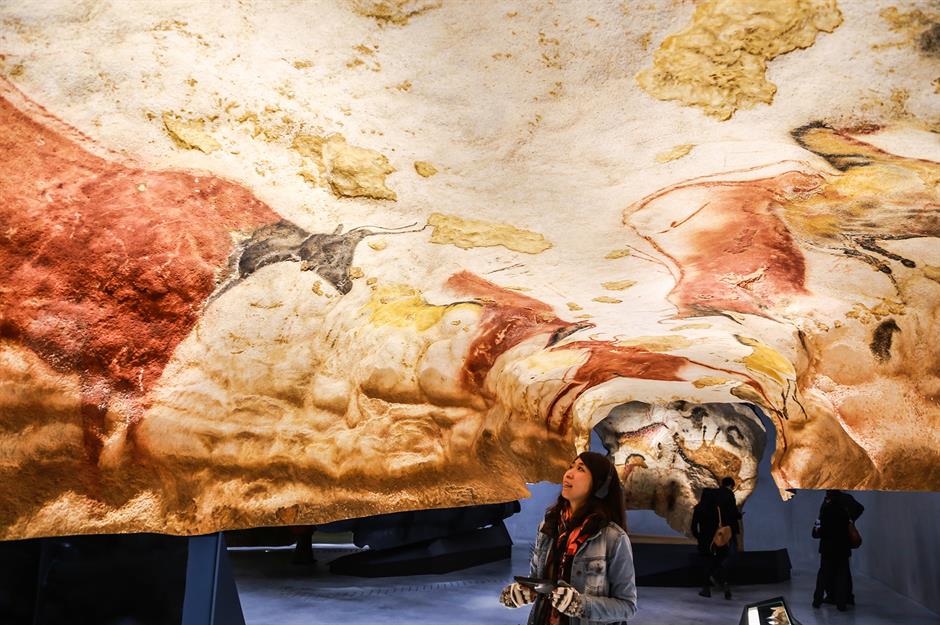
From the charming chaos of Vietnam's famous Train Street to the towering majesty of the world's tallest tree, many once-popular tourist destinations have either disappeared or permanently closed, making them off-limits to visitors forever. Erosion, wild storms, devastating fires and overtourism have all contributed, leaving behind only memories and photos for those lucky enough to experience them before they vanished.
Read on to explore the tourist attractions that are off-limits – and uncover the stories behind their downfall...
Azure Window, Malta
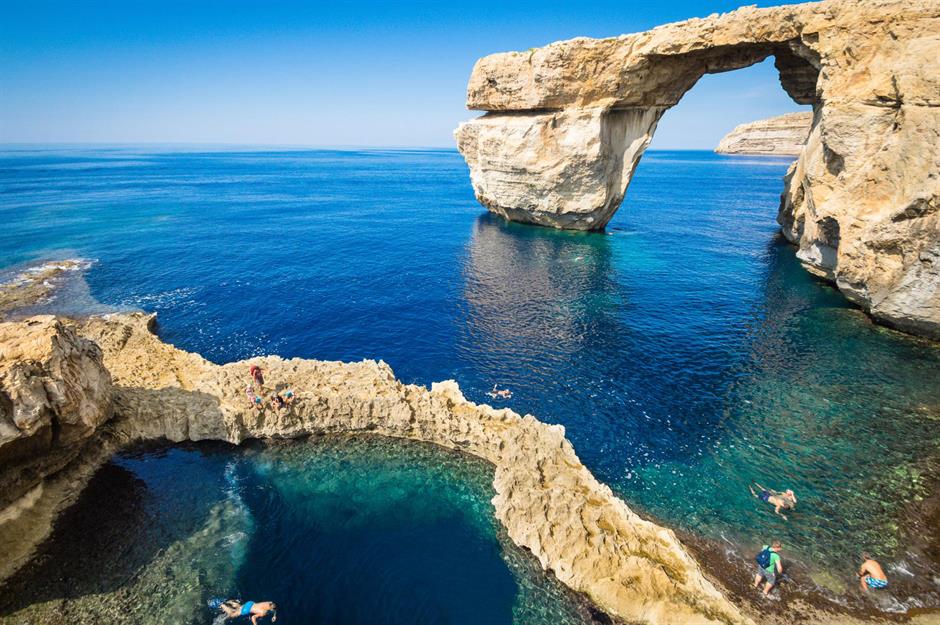
Known as the Azure Window, this limestone arch was Malta's top tourist spot for a long time. Located near Dwejra Bay on the gorgeous island of Gozo, the arch was shaped by centuries of natural coastal erosion. Thanks to its unique appearance it was featured in numerous films and TV shows, including Game of Thrones, where it was the location of the Dothraki wedding.
Azure Window, Malta
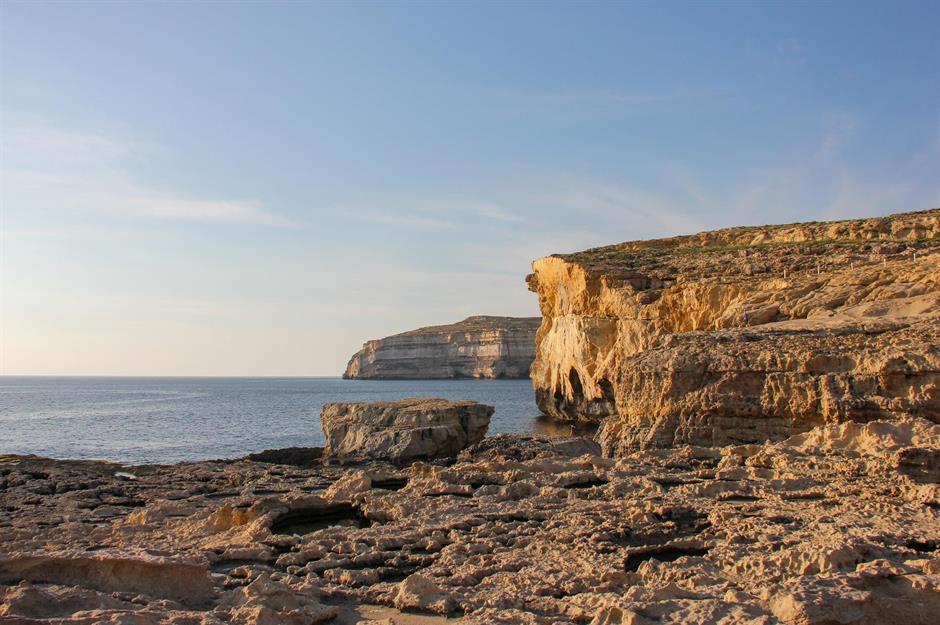
In March 2017, heavy storms hit the Maltese archipelago, causing the striking rock formation to collapse into the sea. Also known as Tieqa tad-Dwejra, the site still draws tourists, but for a different reason. While the stunning arch is no longer standing, scuba divers now explore its submerged boulders beneath the waves.
Love this? Follow us on Facebook for more travel inspiration
Pioneer Cabin Tree, California, USA
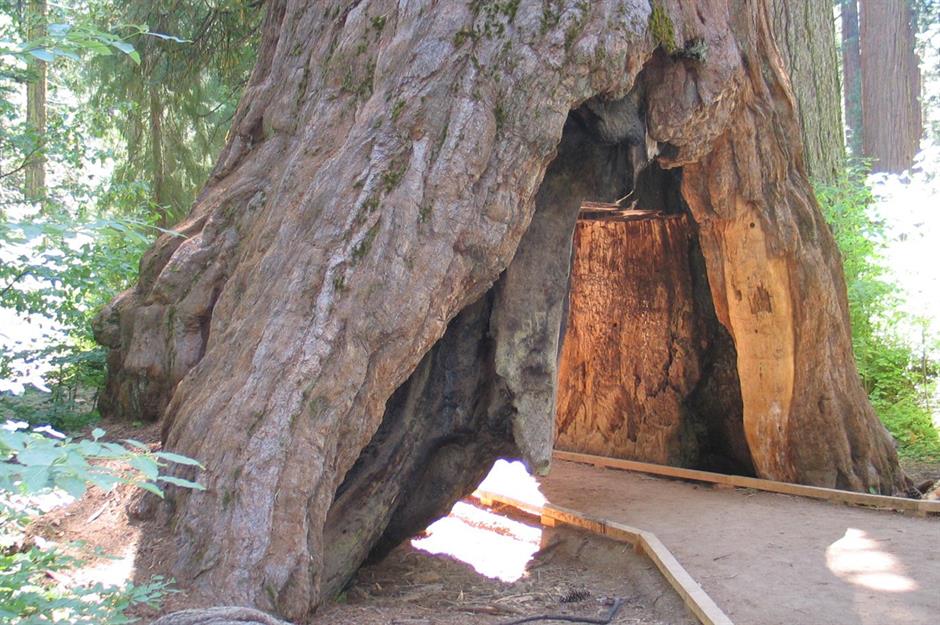
Also known as the Tunnel Tree, the Pioneer Cabin Tree was a giant sequoia in Calaveras Big Trees State Park in California. One of the US' most famous trees, it was estimated to be over 1,000 years old and measured 22 feet (6.7m) in diameter. Sadly, the tree fell and shattered during a storm in January 2017.
Pioneer Cabin Tree, California, USA
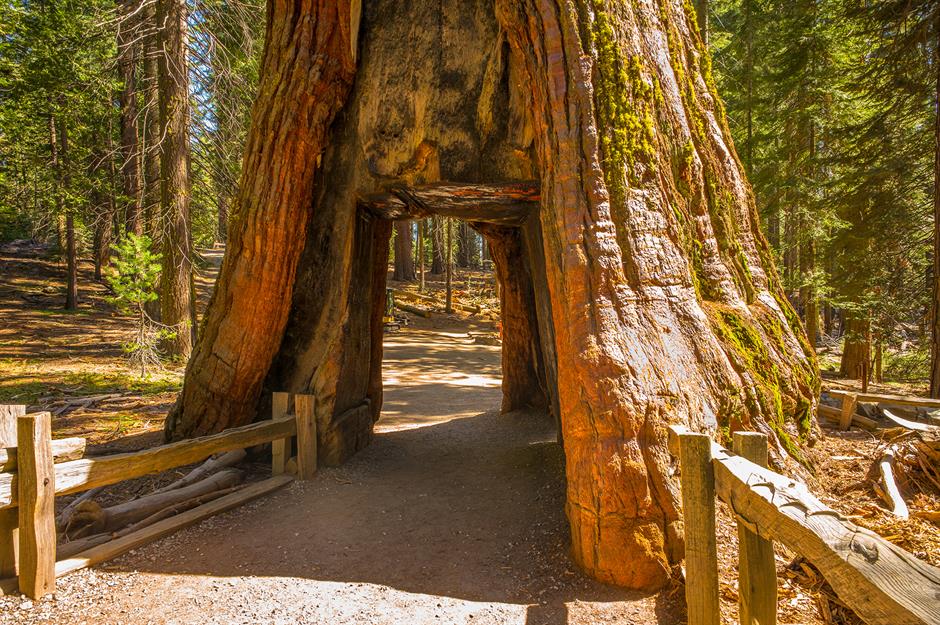
Of the several trees carved into drive- and walk-through tunnels to attract tourists to California's national parks, only two walk-through giant sequoia tunnel trees remain. Both are in Yosemite National Park – one is a dead tunnel tree in Tuolumne Grove, and the other, the California Tunnel Tree, is part of the famous Mariposa Grove. The loss of the Pioneer Cabin Tree has reignited debates over the preservation of these unique trees.
Duckbill rock formation, Oregon, USA

A beloved attraction, the Duckbill Rock Formation in Oregon's Cape Kiwanda was a seven-foot-tall (2.1m) sandstone structure resembling a duckbill. In 2016, it was found toppled and smashed. A drone operator revealed that a group of people had intentionally knocked it down, believing they were removing a safety hazard after their friend broke their leg on it.
Duckbill rock formation, Oregon, USA
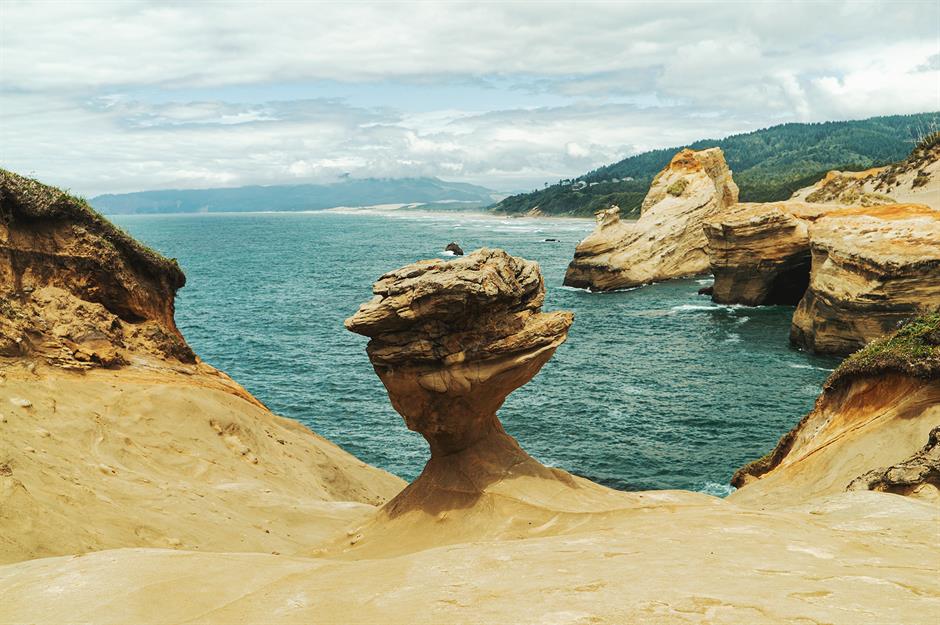
Since its destruction, the area where Duckbill Rock once stood has become a site of both sorrow and reflection for many visitors who had admired its unique shape. The Oregon Parks and Recreation Department decided not to rebuild or replace the formation, as it had been a natural geological feature shaped over time by erosion. Visitors to Cape Kiwanda are still drawn to the location for its dramatic coastal scenery, but the loss of Duckbill Rock serves as a reminder of how fragile natural wonders can be.
Wedding Cake Rock, New South Wales, Australia
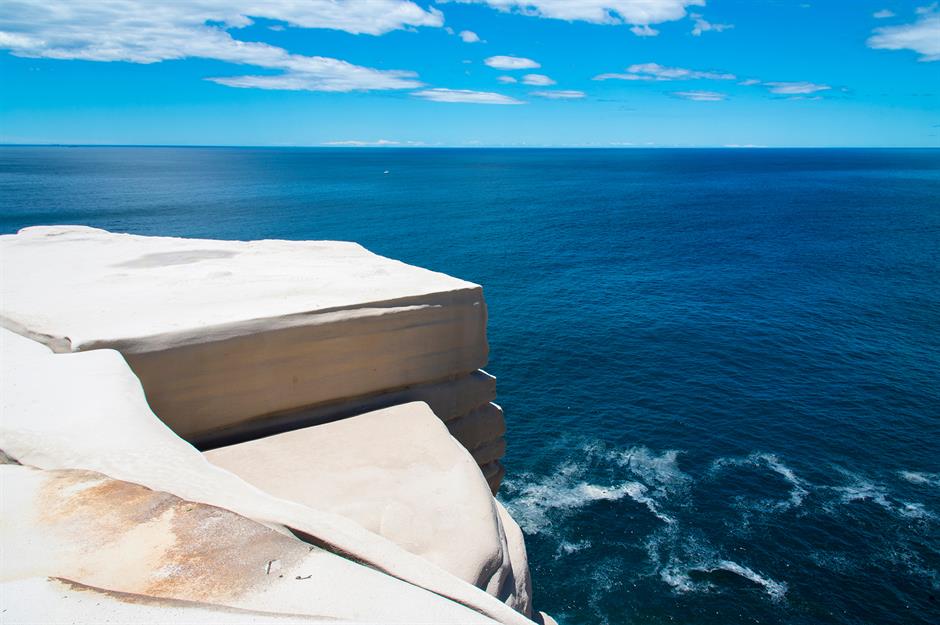
Located in New South Wales' Royal National Park, this dramatic cliffside formation is named Wedding Cake Rock due to its smooth, white appearance resembling a slice of iced wedding cake. It was once a popular attraction along the challenging Coast Track in Sydney's Royal National Park.
Wedding Cake Rock, New South Wales, Australia
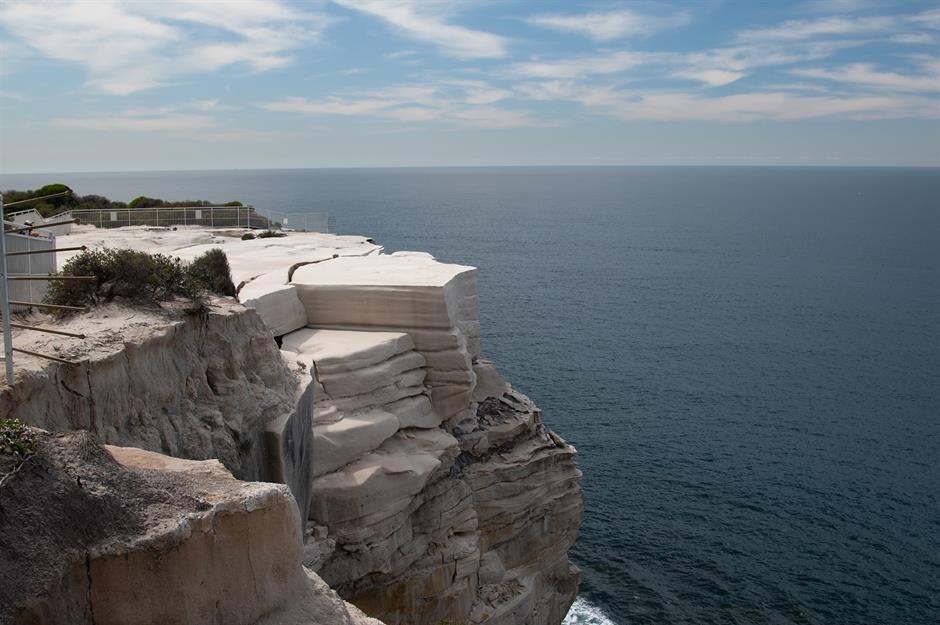
But visitors who visit the striking rock today will find a fence and warning signs surrounding the fragile sandstone ledge. In 2015, a geotechnical survey found it could collapse at any time, meaning it can now only be viewed from a distance.
Uluru, Northern Territory, Australia

When the ban on climbing Uluru (formerly known as Ayers Rock) in Australia’s Northern Territory, was announced in 2017, thousands flocked to the site before the ban took effect in October 2019. Visited by some 250,000 people annually, at least 37 people are known to have died while climbing the sandstone monolith, according to official records from 1950 to the late 2010s.
Uluru, Northern Territory, Australia

Now, Uluru can only be viewed from afar. Not only has the rock’s surface suffered damage from climbers, but it is also a sacred site for the Indigenous Anangu peoples, who had long requested the closure of the climb due to its cultural significance.
Franz Josef Glacier, South Island, New Zealand
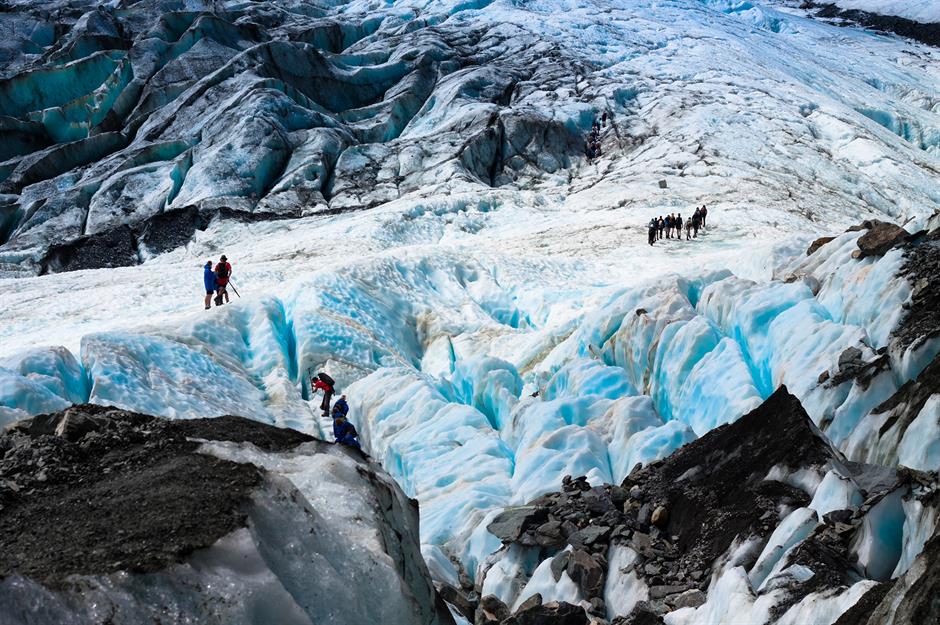
Located on New Zealand's South Island, Franz Josef Glacier was a major tourist draw for decades, known for its accessibility compared to other glaciers. Hikers could walk right up to it, attach crampons and trek across the ice, surrounded by stunning landscapes. The problem with this ease of access was that visitor numbers began to increase every year.
Franz Josef Glacier, South Island, New Zealand
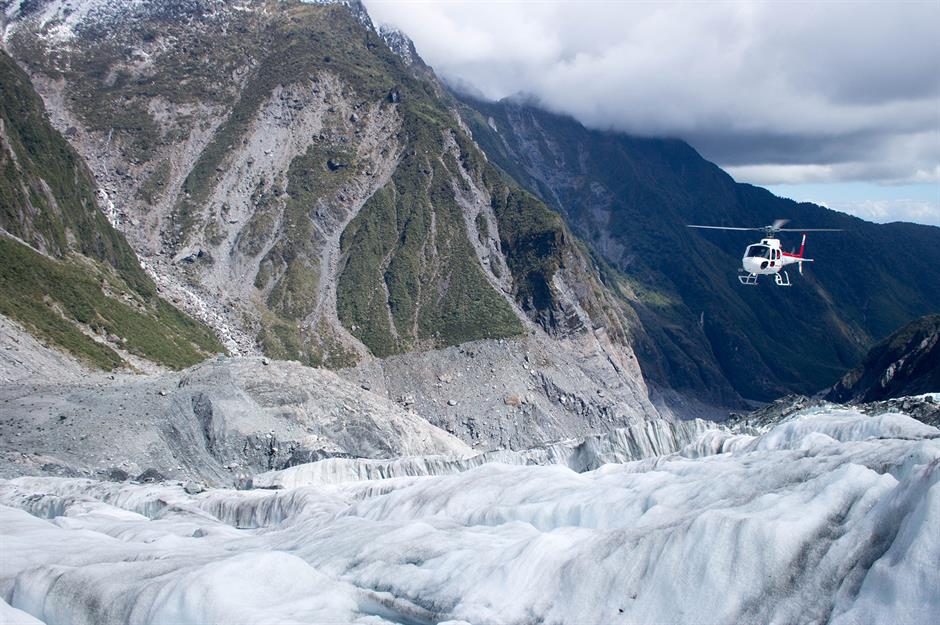
Concerned by the rapid retreat of the glacier, New Zealand's Department of Conservation deemed it too dangerous and destructive for hiking in 2016. The only way to visit now is by helicopter, followed by a guided walk.
Honey Run Covered Bridge, California, USA
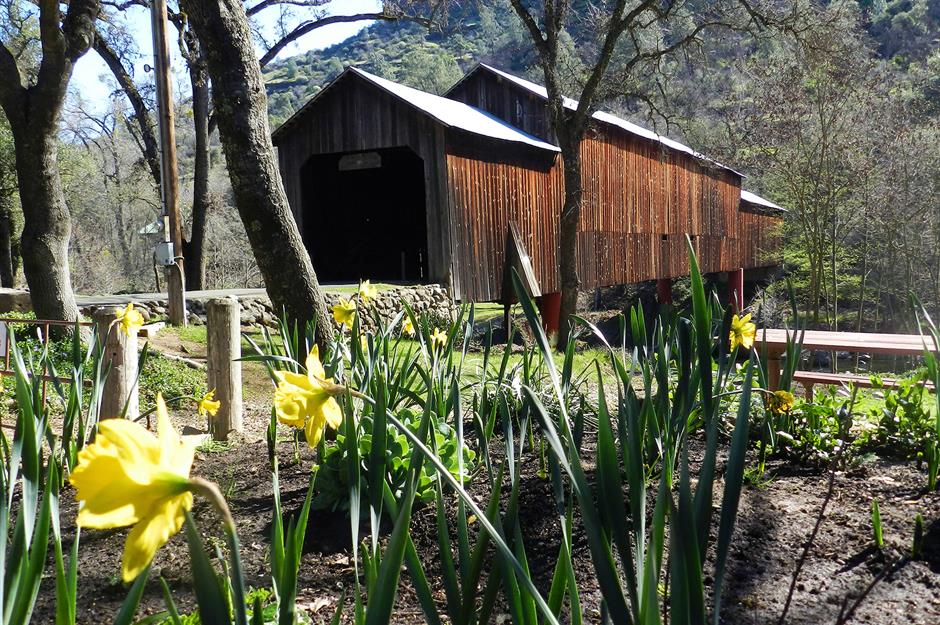
A beloved landmark, the Honey Run Covered Bridge crossed Butte Creek in northern California for 132 years. It was the only surviving three-span timber Pratt-type covered bridge in the US, and was a popular spot for engagements, weddings, and riverside outings. It was listed on the National Register of Historic Places in 1988.
Honey Run Covered Bridge, California, USA
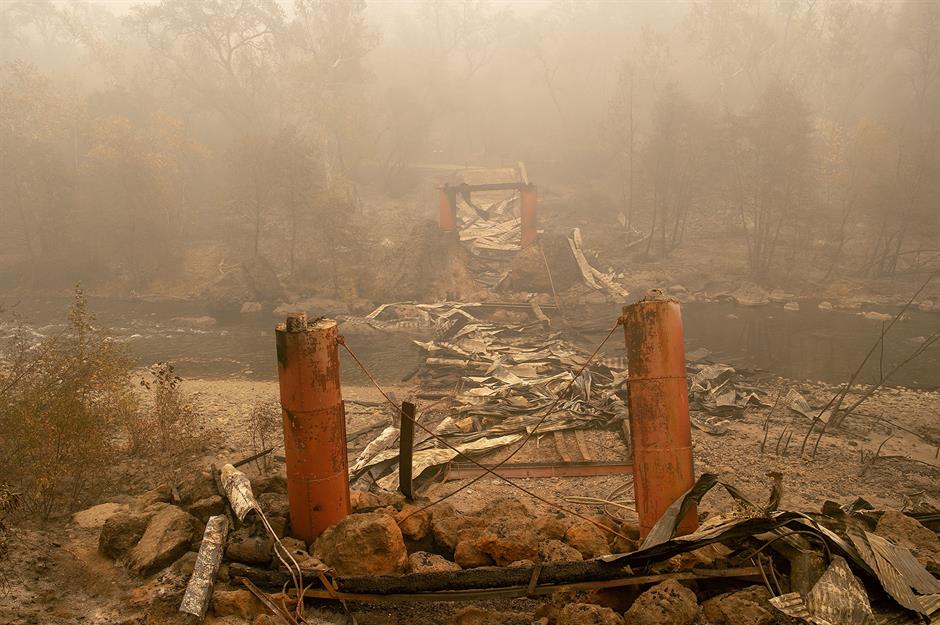
Unfortunately, the bridge was completely destroyed in the November 2018 Camp Fire, the deadliest and most destructive wildfire in Californian history. Camp Fire took 17 days to contain and the damage caused was estimated at £12.8 billion ($16.5bn). Volunteers are still campaigning to raise funds to rebuild the bridge.
Palmyra's Roman Theatre, Syria

Built in the third millennium BC, the ancient city of Palmyra and its Roman Theatre combined Greco-Roman, Persian and Arabian architectural influences. As one of the best-preserved ancient cities in the world, it was a UNESCO World Heritage Site, home to landmarks like the Temple of Bel and the Great Colonnade.
Palmyra's Roman Theatre, Syria

From 2015 to 2017, ISIS captured the site and severely damaged or destroyed significant portions of it, including the Temple of Bel and the Arch of Victory. While some structures remain intact, large parts of the Roman Theatre and other areas were badly damaged, and restoration efforts are ongoing.
Pont des Arts, Paris, France

For years, couples attached engraved locks to the Pont des Arts bridge in Paris as a symbol of their love. With around 700,000 locks weighing an estimated 93 metric tonnes – equal to around 20 elephants – it was feared the bridge would collapse, and the city was forced to take drastic action.
Pont des Arts, Paris, France
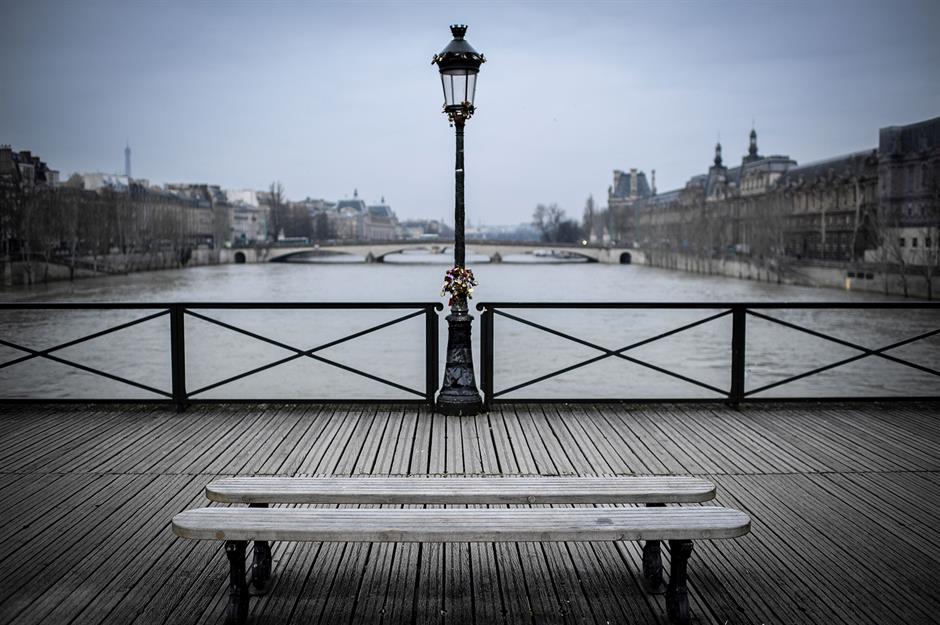
In 2015, the grilles were replaced, and glass panels were installed to prevent further locks from being attached. It is now illegal to place locks on the bridge.
Legzira Beach, Morocco
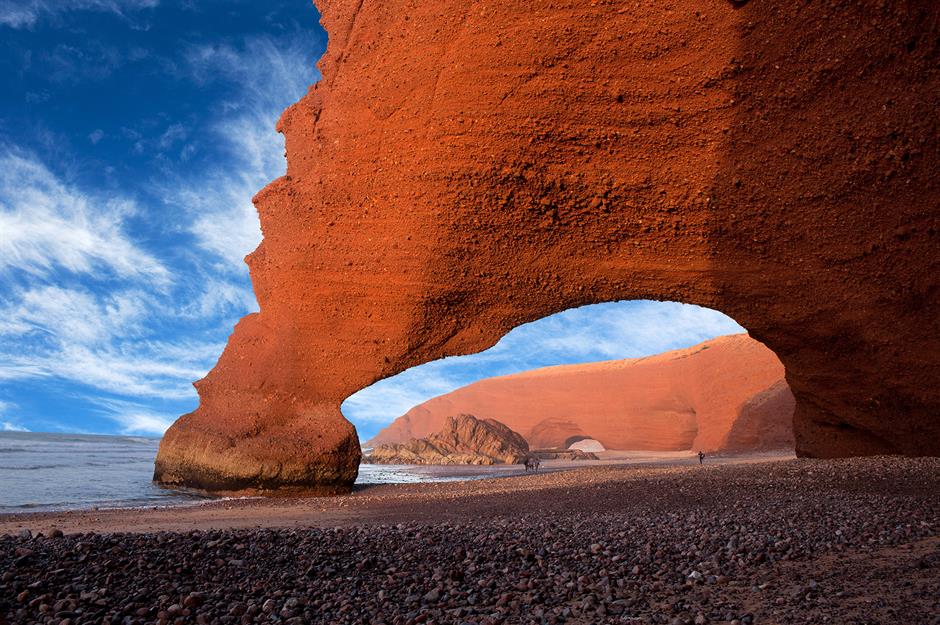
The Azure Window isn’t the only incredible arch to succumb to erosion. Legzira Beach in southern Morocco was home to two striking arches, but one collapsed in 2016.
Legzira Beach, Morocco
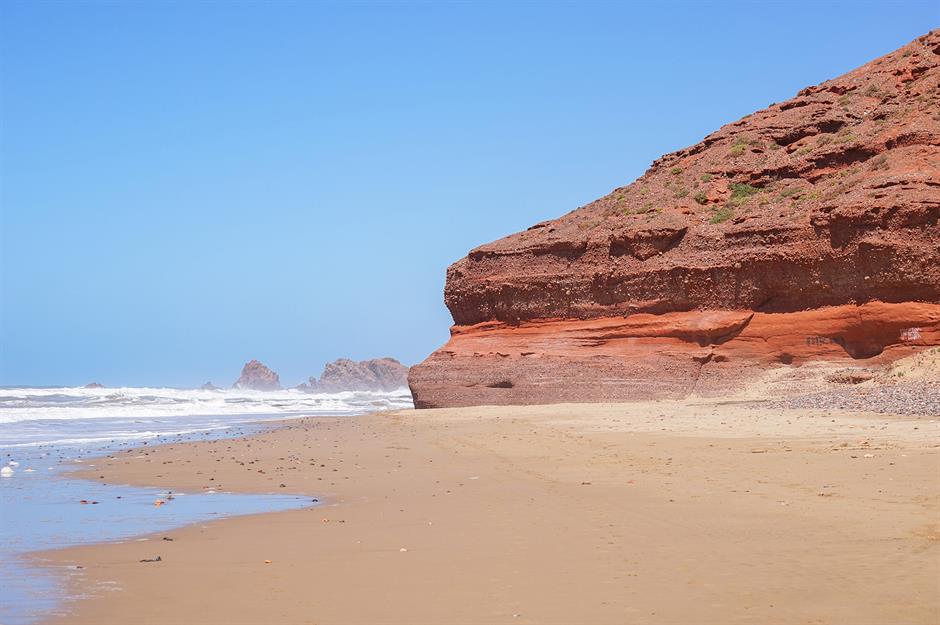
The beach remains a popular destination, although it no longer has the same impact. The remaining arch is still accessible at low tide, but it’s at risk of suffering the same fate.
National Museum of Brazil, Rio de Janeiro, Brazil
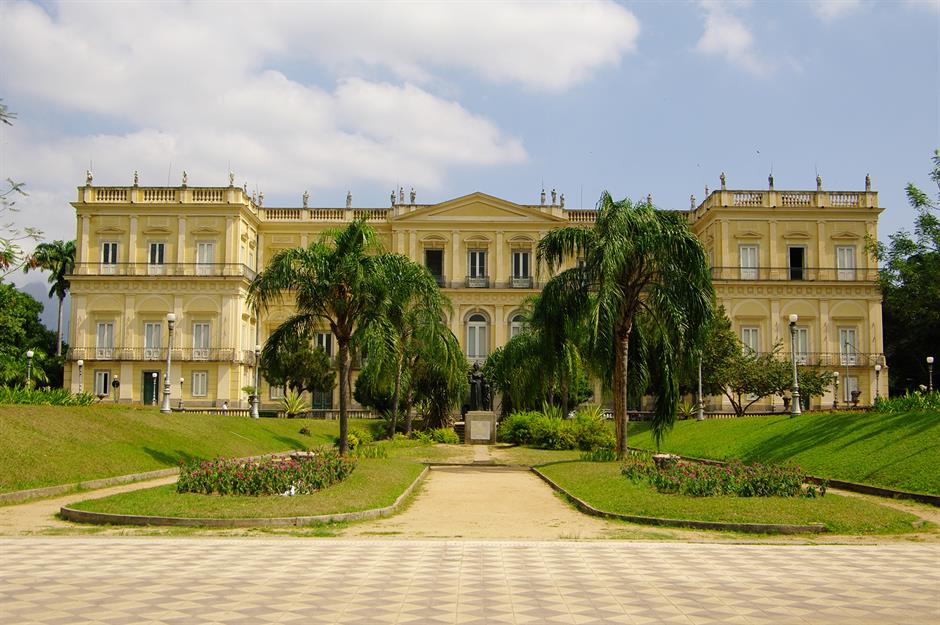
Brazil's oldest scientific institution, the National Museum of Brazil, housed an impressive collection of 20 million artefacts. Located in Rio de Janeiro, it was home to significant exhibits on South American history, anthropology and natural history.
National Museum of Brazil, Rio de Janeiro, Brazil
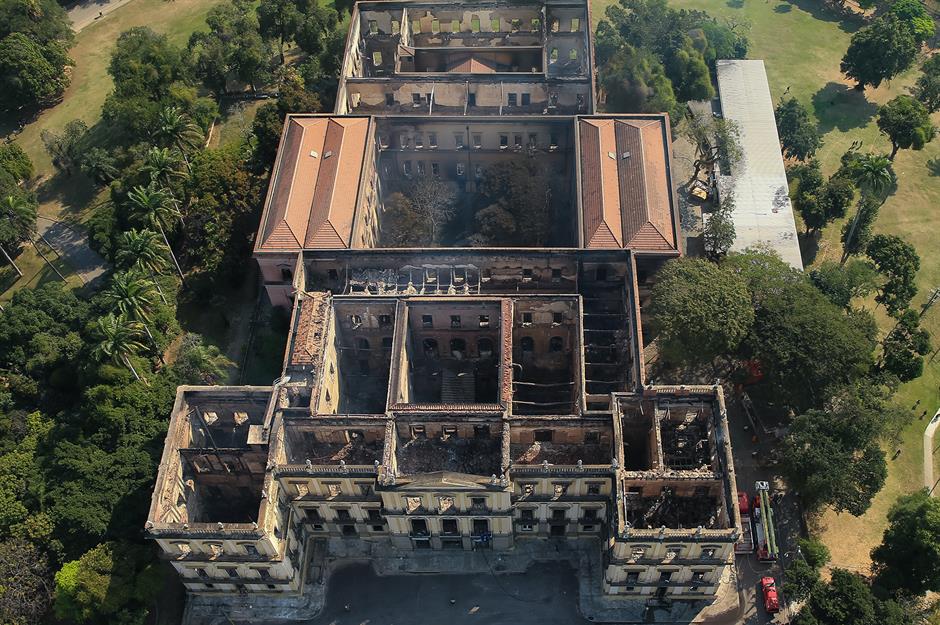
A devastating fire in 2018 destroyed over half of the collection. Crews managed to save some important items, including the oldest human remains found in the Americas. Reconstruction is underway, with plans to reopen the museum in 2027.
Hyperion, California, USA
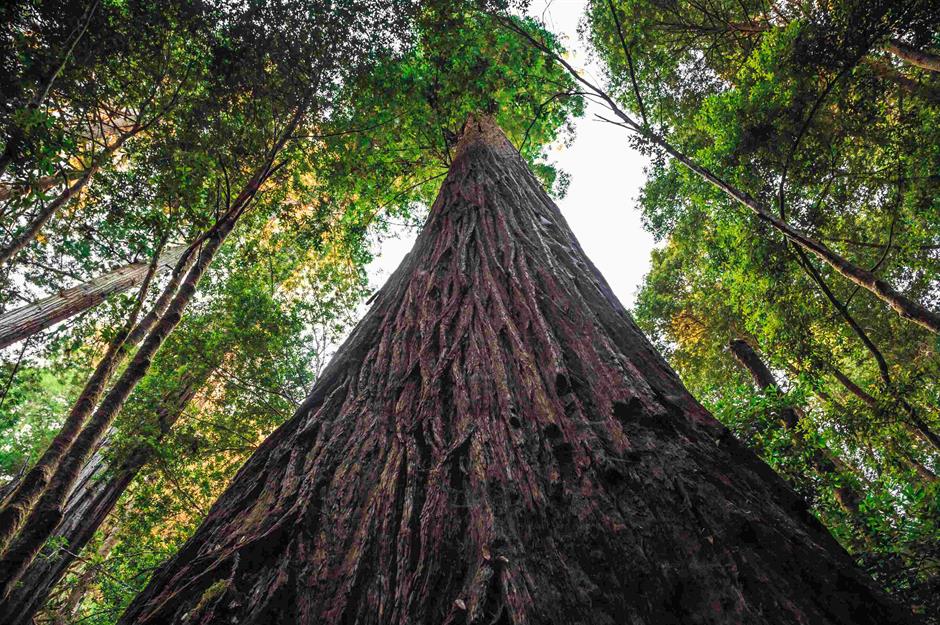
Towering 380 feet (116m) high (that's taller than the Statue of Liberty), the coastal redwood named Hyperion is the world’s tallest tree, as confirmed by the Guinness World Records in 2019. Discovered in 2006 in California's Redwood National Park, it has been a challenging spot to visit, with no trails or reliable GPS signal.
Hyperion, California, USA
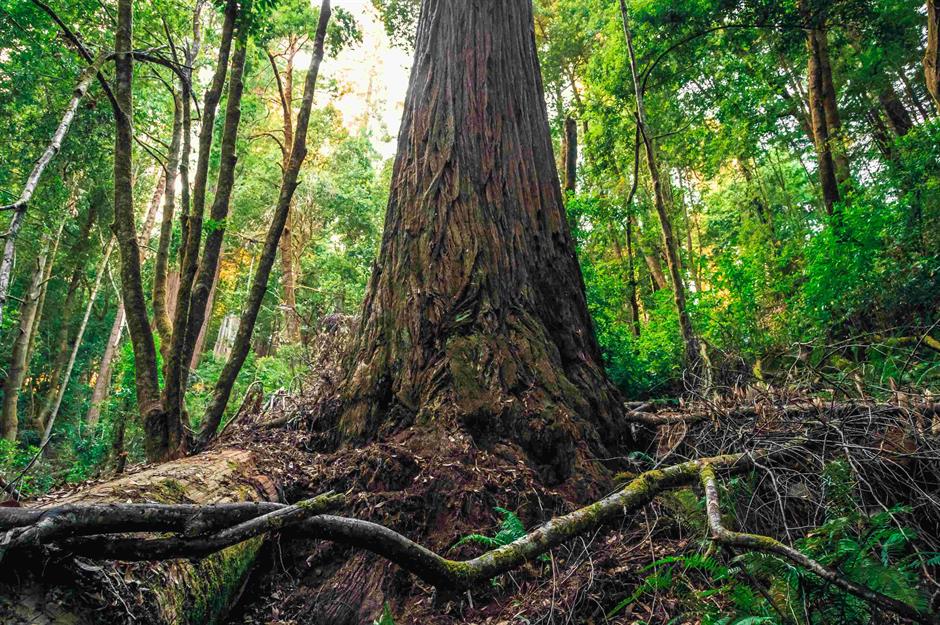
Nevertheless, a steady stream of adventurous tourists made the hazardous trek to the tree's location, causing severe erosion to its base and leaving a trail of litter and human waste. In July 2022, the National Park Service announced a £3,700 ($5,000) fine and possible jail time for anyone found near the tree, and encouraged visitors to explore the park’s many other approved trails instead.
Hanoi's Train Street, Vietnam

Vietnam's capital has long attracted tourists, and while some use it as a gateway to discover the rest of northern Vietnam, others come for the frenetic city life. One of the most popular attractions, Hanoi's Train Street, had cafes and shops spilling out onto a railway line. With some buildings only five feet (1.5m) from the tracks, tourists came to snap a photo or take a video of the trains rushing through the street.
Hanoi's Train Street, Vietnam

Due to safety concerns and overcrowding, authorities ordered the closure of Train Street’s cafes in October 2019. After reopening briefly post-pandemic, businesses were again ordered to close in September 2022, and barricades were installed to prevent tourists from accessing the area.
Jurong Bird Park, Singapore

Officially opening in 1971, Singapore's Jurong Bird Park was the largest bird park in Asia and was home to an impressive 3,500 feathered friends, which ranged from parrots to flamingos, eagles to penguins. The popular attraction had been open for more than 50 years when it was announced it would be shutting its doors for good from 3 January 2023.
Jurong Bird Park, Singapore
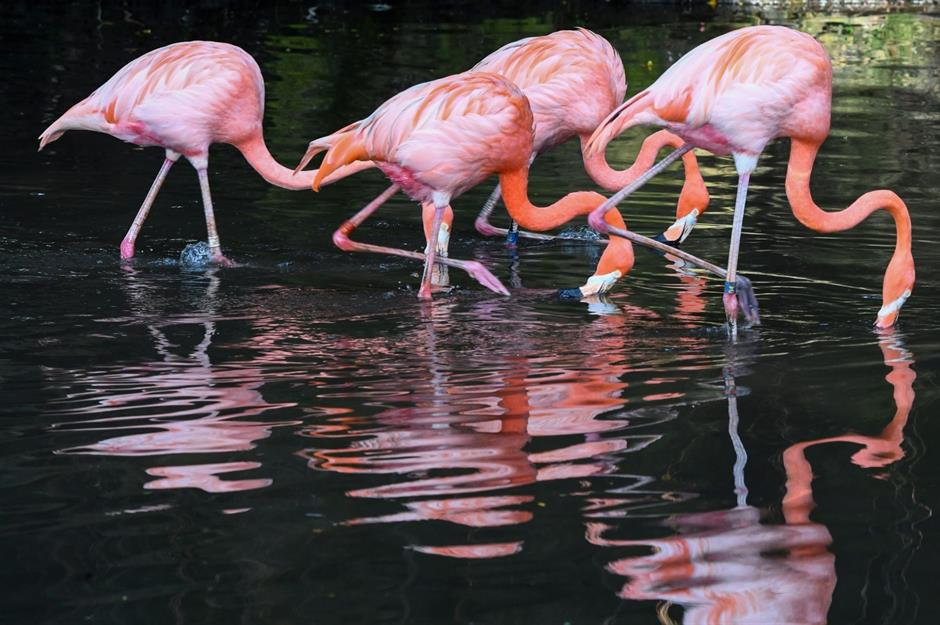
However, there's good news for wildlife fans. While Jurong Bird Park may be no more, a new ecotourism hub is set to open in 2025 in northern Singapore, bringing together an array of birdlife and other animals (as well as a luxurious Banyan Tree resort). The Mandai eco hub also has impressive plans to be carbon neutral by the end of 2024 and to produce all of its energy from renewables by 2030. In the meantime, an exhibit has been put in place at Jurong Bird Park commemorating its five decades of conservation work.
Dublin Writers Museum, Ireland
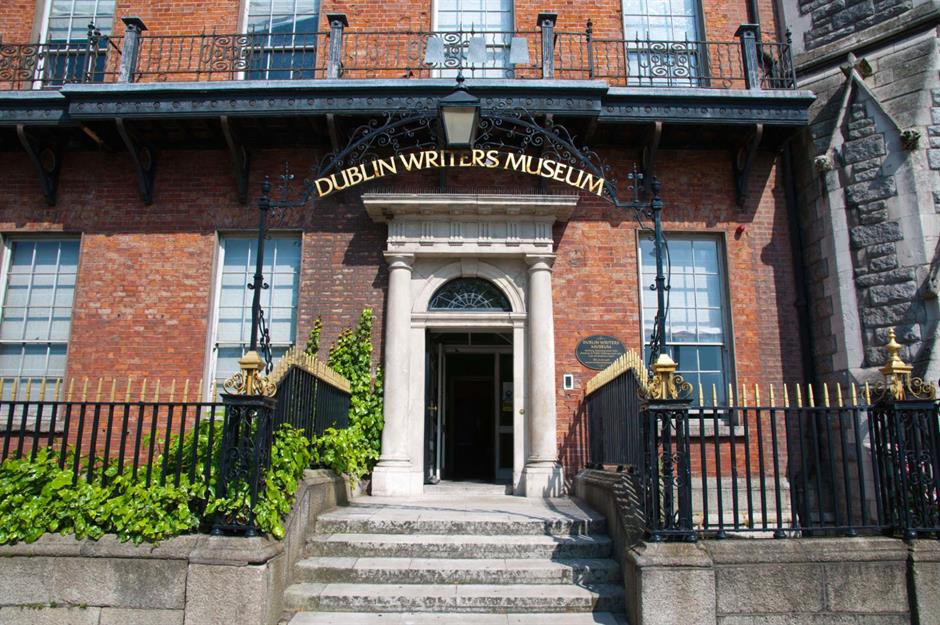
Dublin has a long history as a literary city, with four Nobel Prize winners (William Butler Yeats, Samuel Beckett, George Bernard Shaw and Seamus Heaney) hailing from here. The Irish capital boasts a wealth of attractions for book lovers, including the iconic Trinity College Library and several book festivals throughout the year. Sadly, one of its key literary attractions, the Dublin Writers Museum, closed its doors in March 2020 due to the COVID-19 pandemic.
Dublin Writers Museum, Ireland
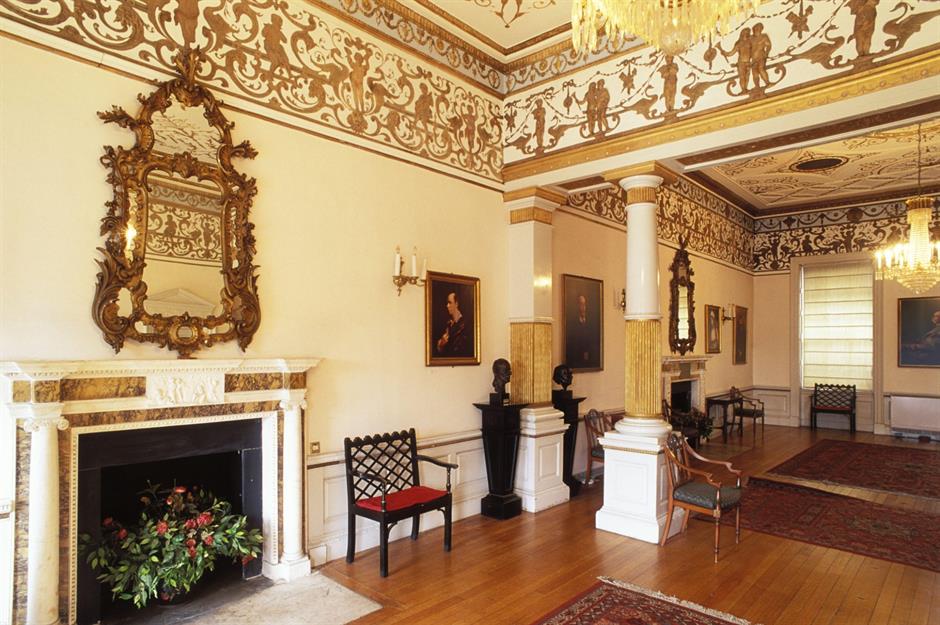
Although its closure had initially been temporary, it never opened its doors again. In August 2022, when the museum's permanent closure was announced, a spokesperson from the Irish tourism board said that it "no longer meets the expectation of the contemporary museum visitor in terms of accessibility, presentation and interpretation." Fortunately, a new attraction has filled the gap: the Museum of Literature Ireland, which opened in 2019, pays tribute to important Irish writers and holds a number of fascinating artefacts, including the first copy of James Joyce's Ulysses.
Lascaux Caves, France
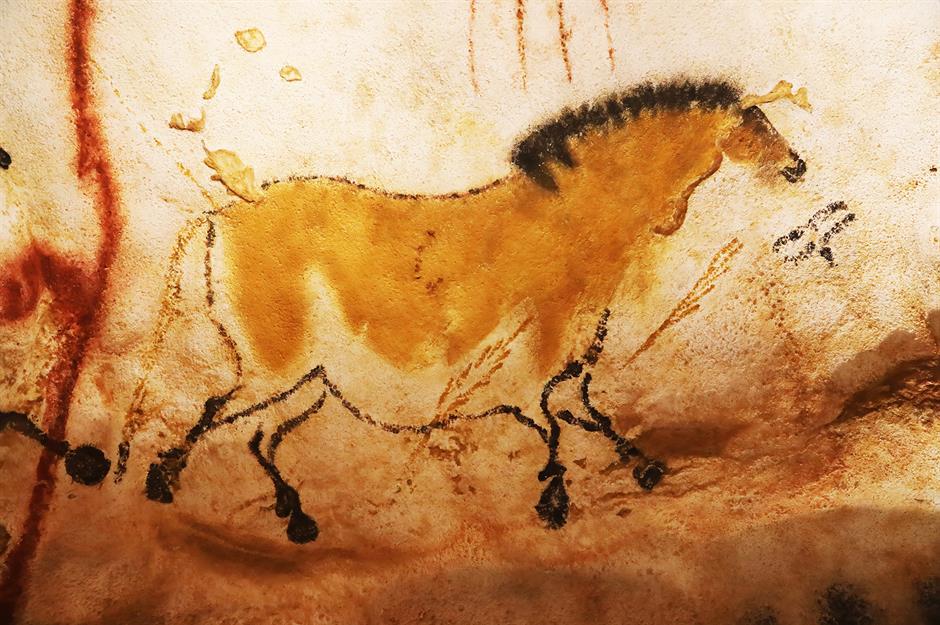
The original Lascaux Caves, discovered in 1940, are renowned for their exceptional Paleolithic cave paintings of animals, humans and abstract symbols, estimated to be around 17,000 years old. The caves became a major tourist attraction, but by the early 1960s, it became clear that the influx of visitors was causing irreparable damage. Carbon dioxide from visitors' breath and the artificial lighting systems were encouraging the growth of microorganisms that damaged the paintings.
Lascaux Caves, France
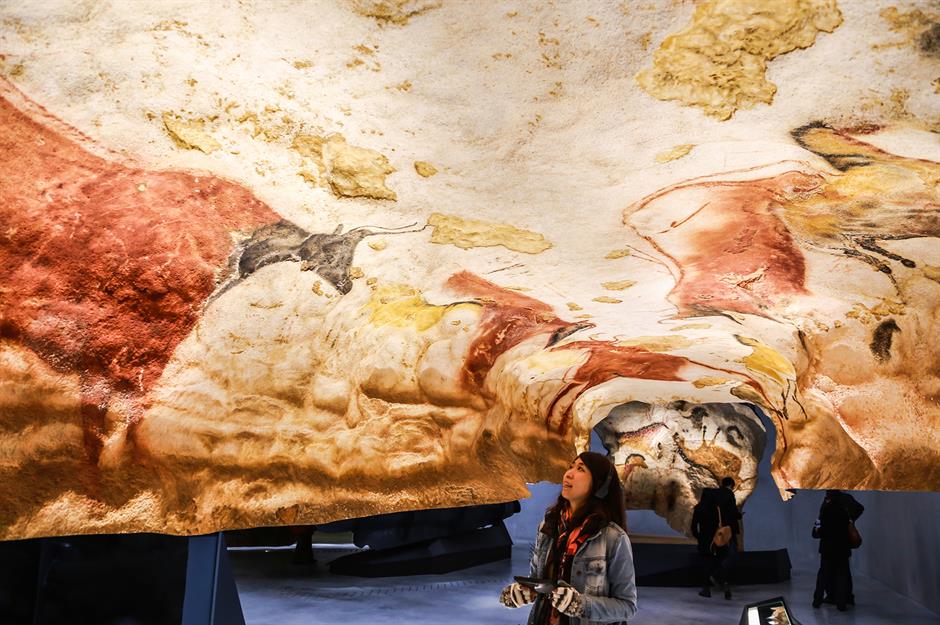
In response to this deterioration, the French government closed the original Lascaux Caves to the public in 1963. To ensure that people could still experience Lascaux's heritage, a precise replica, Lascaux II, was opened nearby in 1983. This replica reproduces the cave's two main galleries and the famous paintings with remarkable accuracy, allowing visitors to experience the wonder of the artwork without endangering the originals.
Comments
Be the first to comment
Do you want to comment on this article? You need to be signed in for this feature